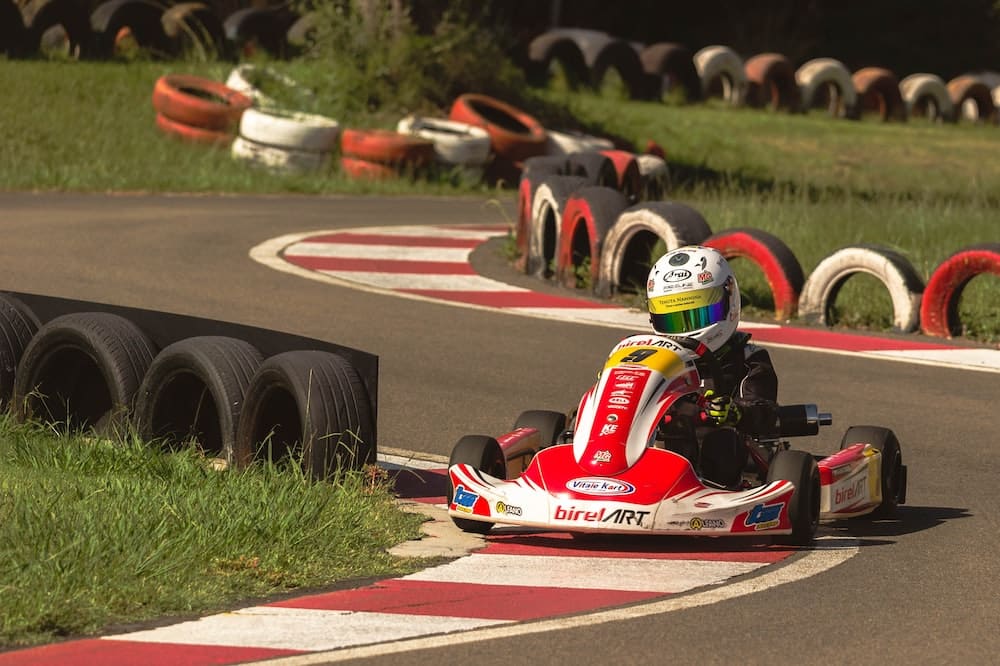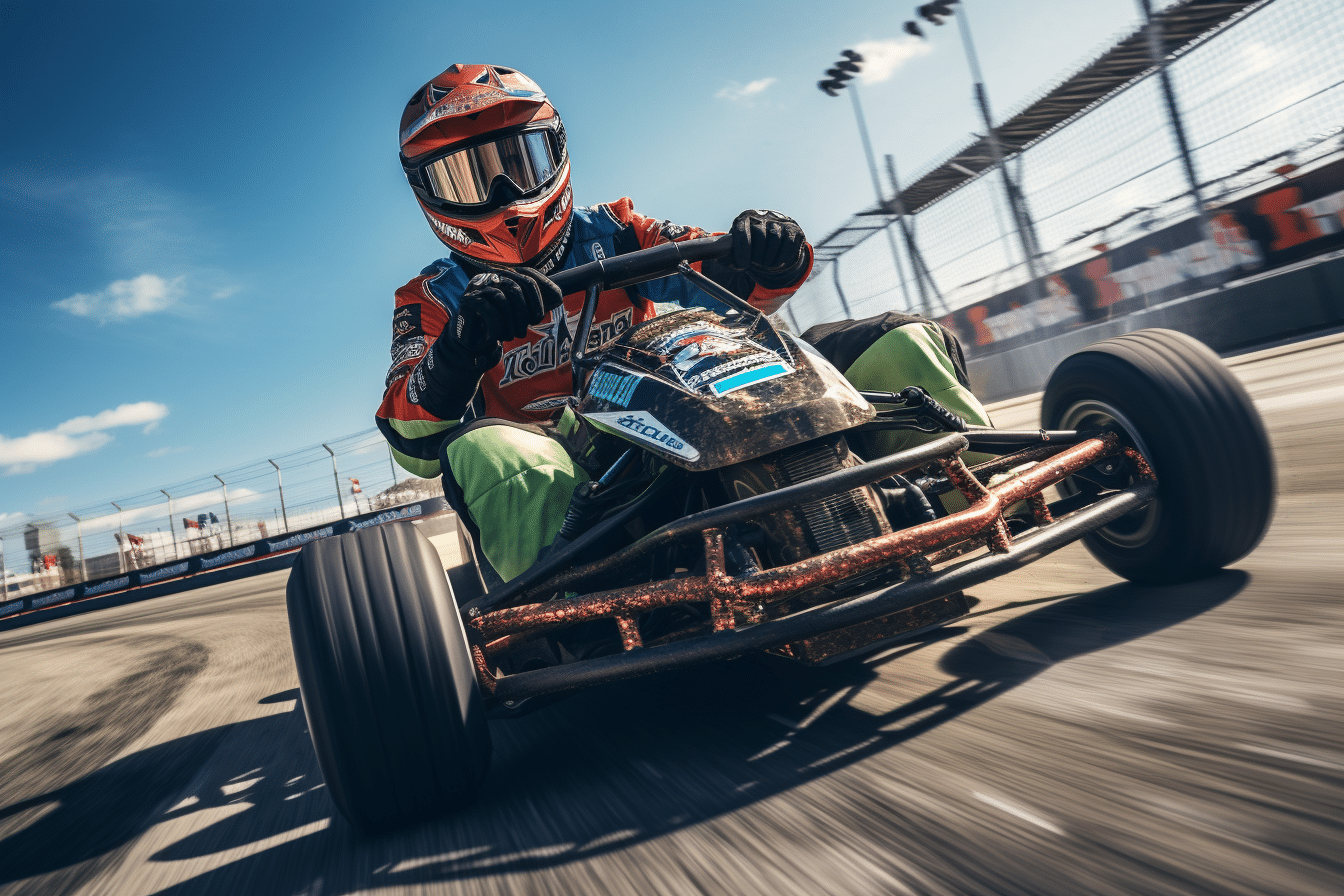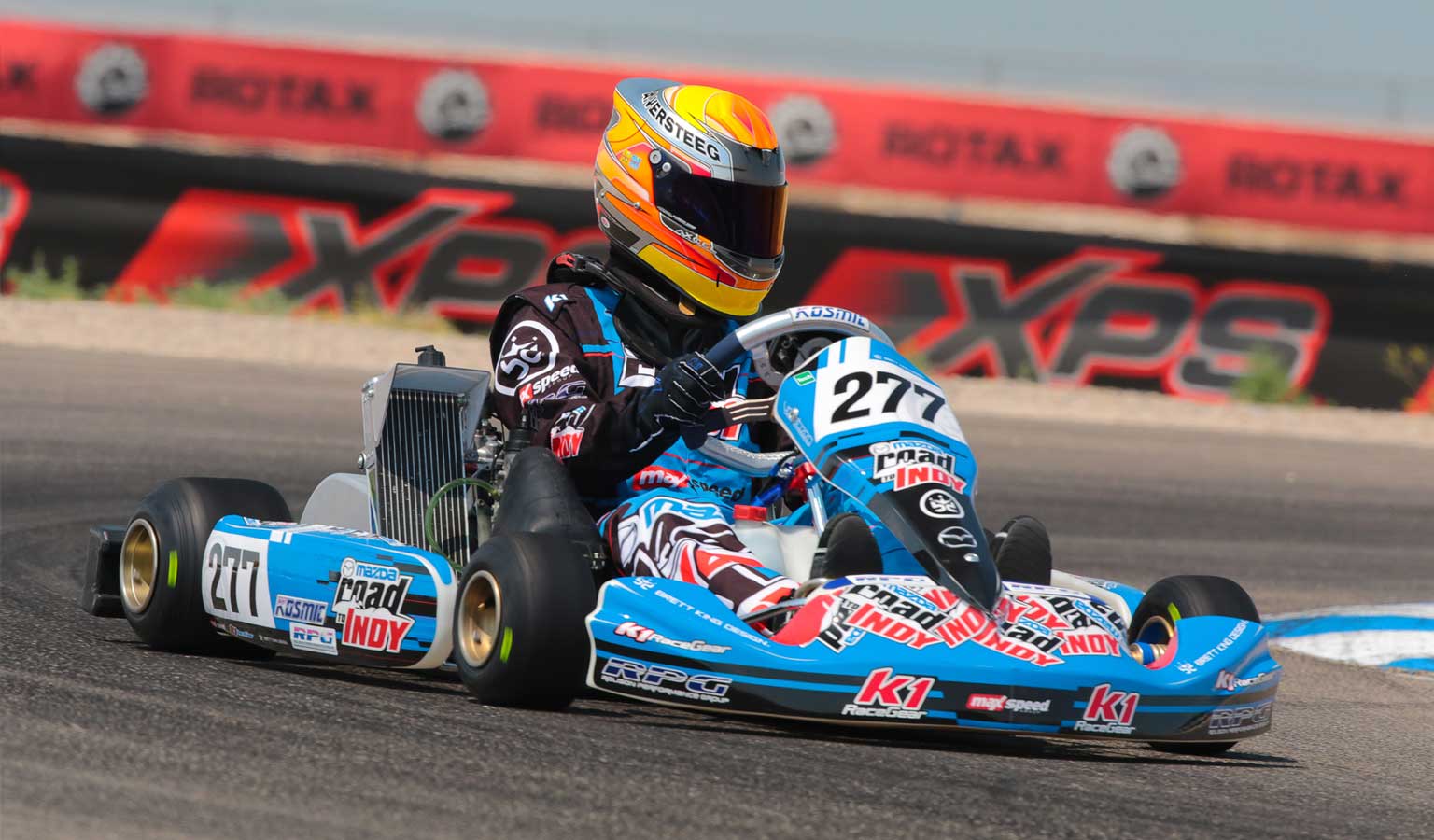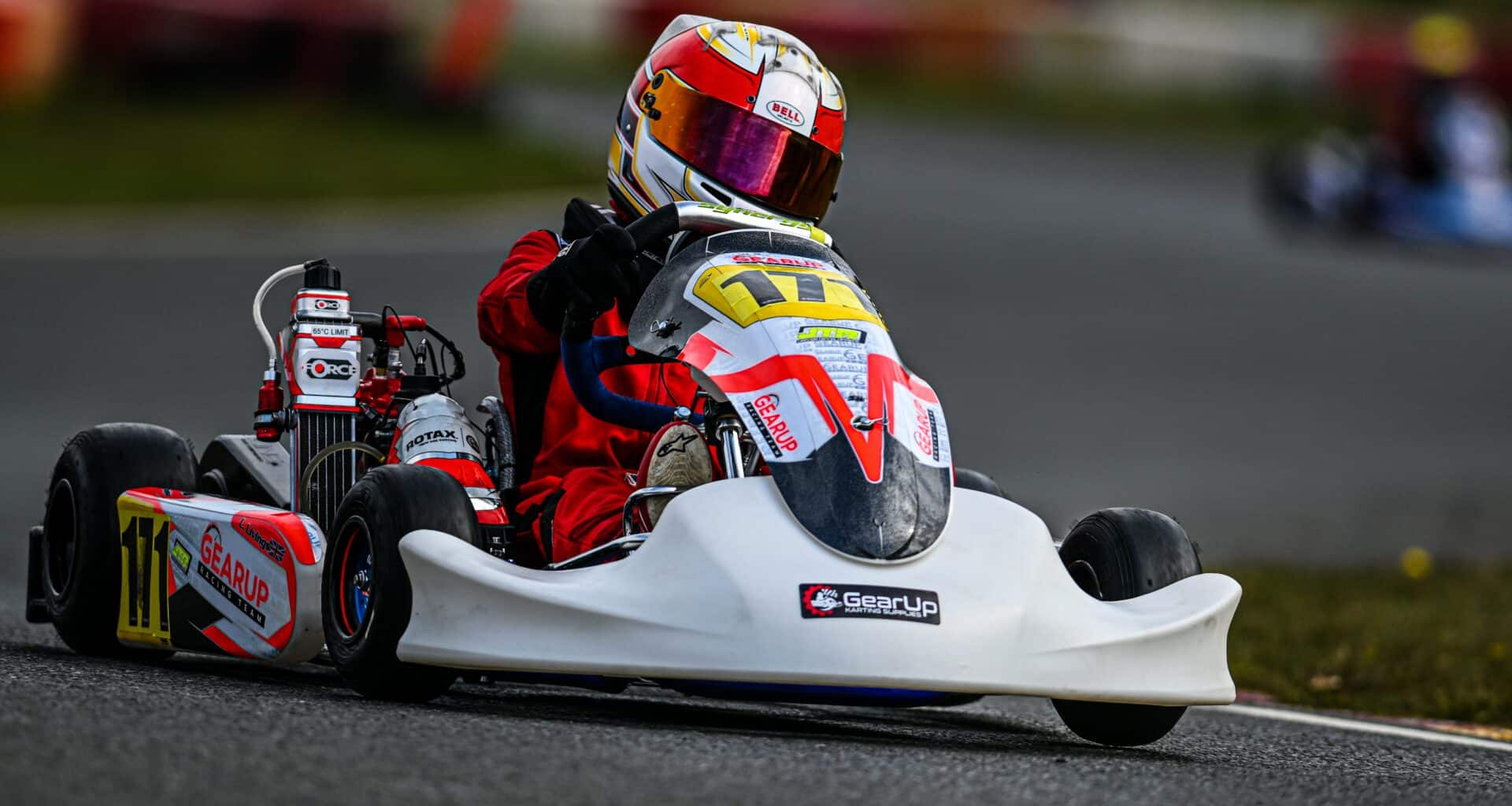Karting, also known as go-karting, is a fast-paced motorsport where drivers race small open-wheeled vehicles called karts or go-karts.
The karts are skeletal-framed and have minimal bodywork, allowing them to reach exhilarating speeds on dedicated circuits. Karting originated as a recreational activity in the 1950s but quickly gained popularity as a competitive sport.
While many view it as just a fun pastime, karting demands skill, strategy, and athleticism to excel. But does that qualify it as a bonafide sport? Let’s analyze the physical and mental rigors of karting to settle the debate.
Table of Contents
- 1 Karting: A Sport or Just a Fun Activity?
- 2 The Physical Demands of Karting
- 3 The Intellectual Challenges of Karting
- 4 Formats of Karting: Exploring the Game Variations
- 5 Safety in Karting: Separating Myths from Facts
- 6 Psychological Benefits of Karting
- 7 Karting for Fitness: The Hidden Health Boost
- 8 Frequently Asked Questions about Karting as a Sport
- 9 So, Is Karting Really a Sport?
Karting: A Sport or Just a Fun Activity?
Defining a Sport: Where Does Karting Fit In?
The Merriam-Webster dictionary defines a sport as “an activity involving physical exertion and skill in which an individual or team competes against another or others for entertainment.” Karting undoubtedly meets these criteria. It requires tremendous physical fitness, mental acuity, technical finesse, and competitive instincts. Kart drivers regularly compete in races to determine winners and losers. They even abide by established rules and regulations. In every respect, karting aligns with the conception of an organized sport.
Connotations of Being a Sport
Sports conjure images of intense training, rigorous competition, advanced skillsets, and elite athletes. Karting evokes these same connotations. Professional kart racers devote hours honing their driving abilities and racecraft. They compete in time trials and wheel-to-wheel races demanding pinpoint precision behind the wheel. The best kart drivers demonstrate almost preternatural car control and situational awareness. Their expertise mirrors the mastery displayed by top athletes in any other sport.

The Physical Demands of Karting
Karting places immense physical strain on drivers. They must withstand intense G-forces while cornering and braking. This taxes the neck and back muscles in particular. Drivers need tremendous core strength and endurance to maintain posture and control in the kart. They have to resist lateral forces trying to throw their bodies sideways. Kart seats also lack cushions or suspension, causing vibration and shock through the driver’s spine and pelvis. Arm strength provides leverage for aggressive counter-steering and rapid gear shifts. Leg strength controls smooth braking pressure. Karting remains physically grueling in all weather conditions. Drivers exert themselves equally in sweltering heat or pouring rain. The exposure and exertion mimic the rigors of sports like football, wrestling or hockey. Clearly, karting qualifies as an athletic endeavor given its physicality.
The Intellectual Challenges of Karting
Quick Decisions on the Track
Karting also taxes the mind. Racers must make instantaneous decisions while driving at high speeds. This includes when to brake, when to accelerate, when to pass, when to defend a position, and so on. Any hesitation or poor judgment can cost precious time and track position. Processing this much information under duress tests a driver’s concentration, adaptability, and composure. It demonstrates the cerebral side of karting equal to strategy-based sports like chess or poker.
Mastering the Craft: Learning and Implementing Techniques

Like any skill-intensive sport, karting requires learning myriad techniques. This includes the racing line, apexing corners, trail braking, throttle control, and wet weather driving. Racers must study how kart chassis dynamics work and how to tune them advantageously. They also need extensive knowledge of how weather, tire composition, fuel loads, and other factors influence performance. The depth of technical and theoretical expertise to master parallels the dedication shown by students of other sports.
Formats of Karting: Exploring the Game Variations
Sprint Karting: A Race Against Time
Sprint karting features short races lasting 10-20 minutes on tight circuits. It emphasizes fast lap times over fuel strategy or pit stops. Sprint karting distills motorsports to its purest test of speed and consistency. Just like a 100 meter dash, success comes down to explosive acceleration, pinpoint cornering, and unwavering concentration. The sprint race format reveals the most skilled drivers as they have less time to overcome errors.
Endurance Karting: The Long-Haul Challenge
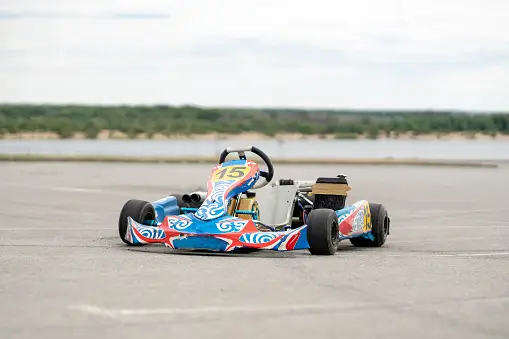
Endurance karting involves hour-long races requiring multiple drivers per kart. This examines attributes like mechanical sympathy, focus over long stints, clean driver changes, and strategic fuel/tire management. Endurance karting draws parallels to baseball marathons, ultra-distance cycling, or Iron Man triathlons. The extended duration taxes both physical endurance and mental tenacity. Teams must balance pace with reliability to go the distance.
Safety in Karting: Separating Myths from Facts
Despite misconceptions, karting has outstanding safety standards. Drivers wear rib protectors, neck braces, full-face helmets, racing suits, and other protective gear. Tracks boast ample runoff room, tire barriers, and head protection systems. Dedicated karting facilities avoid hazards like oncoming traffic, intersections and roadside obstacles. Statistically, competitive karting poses fewer inherent risks than contact sports like rugby or football played recreationally. While injury risks exist in any motorsport, karting proves no more dangerous than many athletic pursuits when practiced responsibly.
Psychological Benefits of Karting
Fostering Teamwork and Collaboration
Karting nurtures team-building skills. Pit crew members must collaborate seamlessly when servicing karts during driver swaps and refueling. Team managers coalesce driver talent and resources toward shared goals. Engineers pool knowledge to perfect chassis setups. This demonstrates how karting develops interpersonal abilities akin to any team sport.
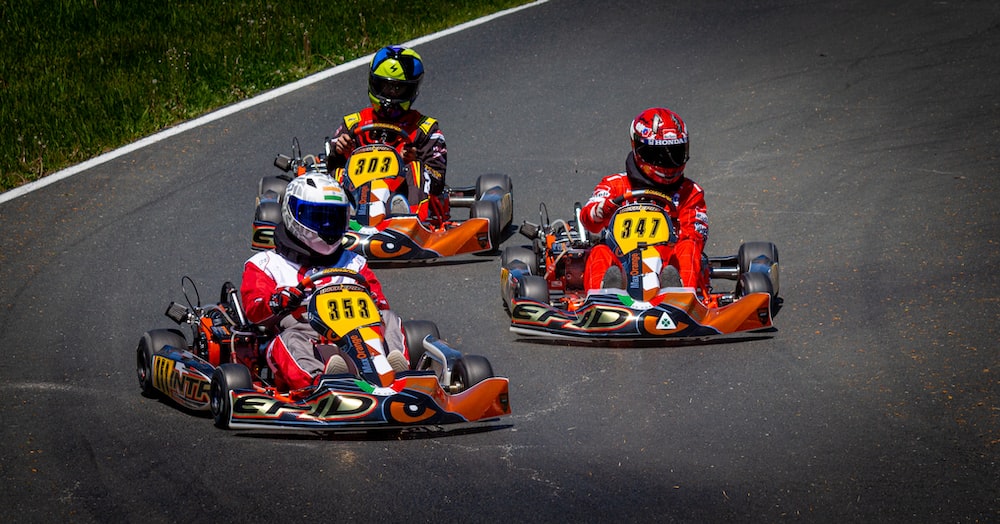
Building Confidence and Self-Esteem
Mastering kart control instills tremendous confidence and self-assurance. Drivers overcome fears, anxieties, and mental barriers during the learning process. The sense of achievement upon reaching personal best lap times bolsters self-esteem. Winning races demonstrates one’s potential to perform under pressure. These psychological benefits mirror the empowerment other sports provide through excelling competitively.
Karting for Fitness: The Hidden Health Boost
Many overlook karting as a fitness activity because drivers are seated. However, the physical forces exerted while accelerating, braking and cornering raise heart rates significantly. The upper body receives an intensive workout from counter-steering forces. Core muscles endure isometric strains stabilizing the torso against lateral g-forces and engine vibrations. Joints and stabilizers get a healthy workout resembling certain yoga poses. Karting provides an alternative cardio and strength training option for variety alongside traditional exercise routines.
Frequently Asked Questions about Karting as a Sport
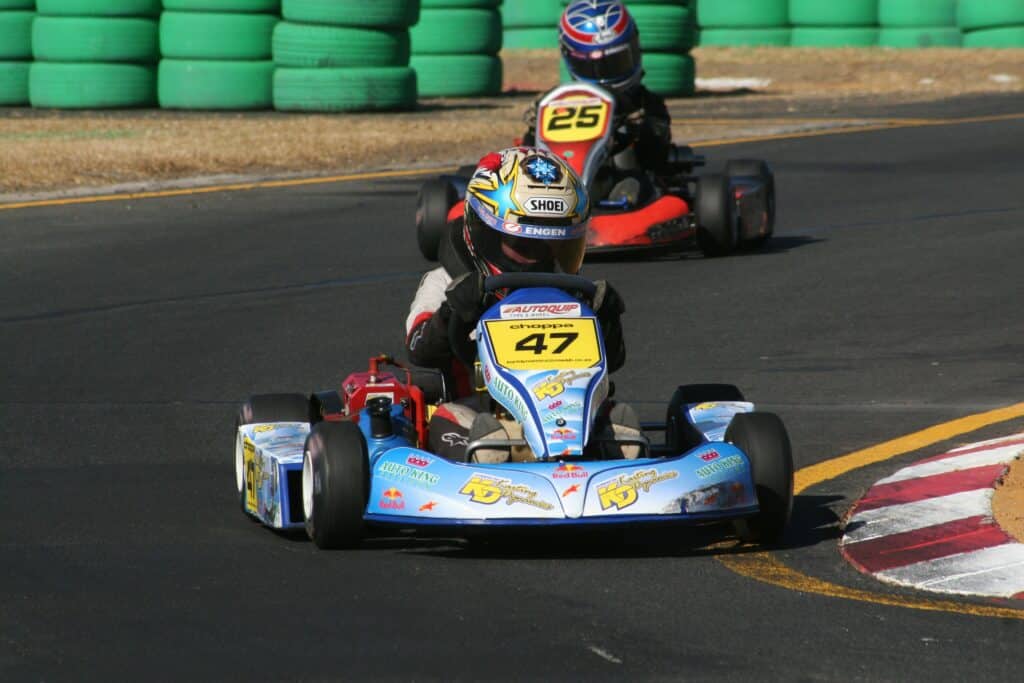
What Equipment is Required for Karting?
Karting requires a helmet, racing suit, gloves, and neck brace or rib protector for safety. While beginning sessions may provide these, purchasing personal gear is recommended for frequent karters. Many racetracks or retail stores offer karting equipment. Investing in your own helmet and suit allows a customized fit.
Is there an Age Limit for Karting?
Most karting tracks have a minimum age of 5-8 years old depending on insurance regulations. There is generally no maximum age limit, as karting can be enjoyed recreationally or competitively by all ages. Many venues offer junior karts for smaller children. Higher license classifications like shifter karts often have minimum age requirements as well.
So, Is Karting Really a Sport?
In conclusion, karting undoubtedly qualifies as a bonafide sport based on physicality, difficulty, competitiveness, skill requirement, and the dedication of its participants. While karting offers casual recreation, its demands at an elite level mirror those of any professional athletic pursuit. The combination of human performance factors and engineering dynamics provide the classic allure of motorsport competition. For these reasons and more, karting has clearly earned its place in the pantheon of legitimate sports.
